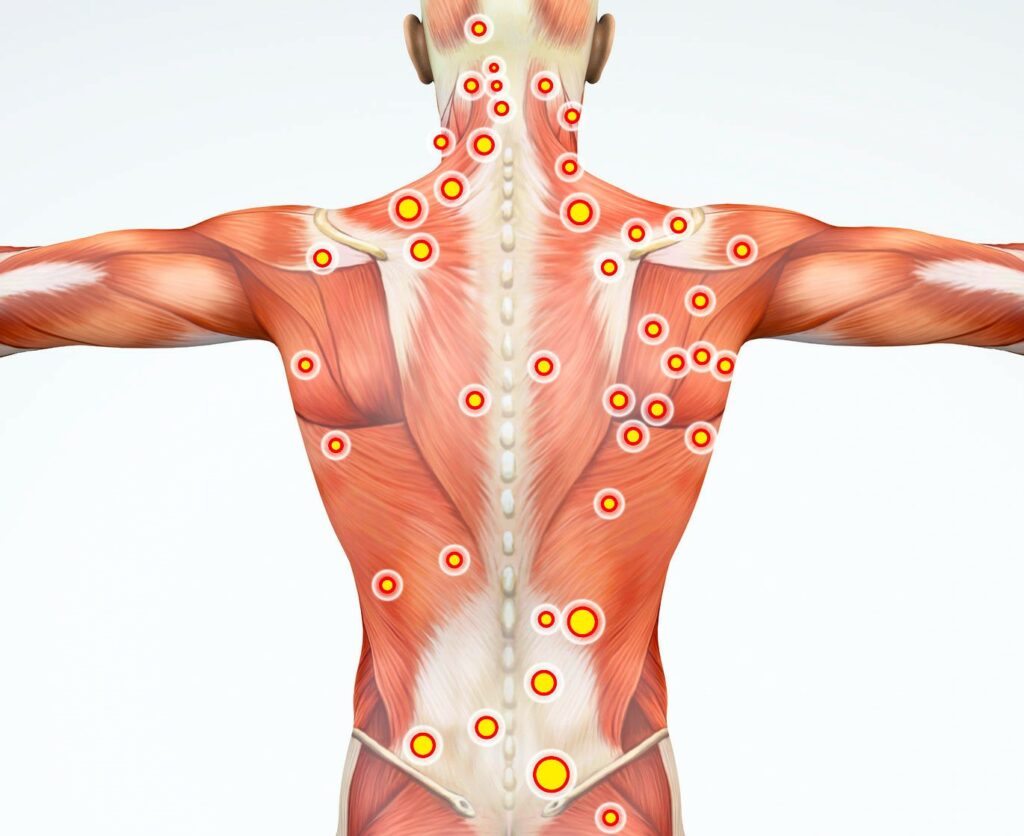
Muscle knots, also known as myofascial trigger points, can cause discomfort, pain, and restricted movement in the back. These tight, sensitive areas can be a result of muscle overuse, poor posture, stress, or injury. Fortunately, there are several effective ways to treat muscle knots and find relief. In this article, we will explore five techniques to help alleviate muscle knots in your back and promote overall well-being.
1. Massage Therapy
Massage therapy is a popular and effective treatment for muscle knots. A professional massage therapist can apply targeted pressure and kneading techniques to release tension and relax the affected muscles. Consider scheduling regular massages to prevent the recurrence of muscle knots and promote better muscle health.
2. Heat Therapy
Applying heat to the affected area can help soothe muscle knots. Use a heating pad, warm towel, or take a warm bath or shower to increase blood flow and relax the muscles. Heat therapy can alleviate pain and stiffness, making it easier to manage muscle knots.
3. Stretching and Exercise
Engaging in regular stretching and exercise can help prevent and treat muscle knots in the back. Gentle stretches that focus on the affected muscles can improve flexibility, increase blood circulation, and reduce muscle tension. Consult with a physical therapist or fitness professional to learn proper stretching techniques and exercises tailored to your specific needs.
4. Self-Myofascial Release
Self-myofascial release involves using tools like foam rollers, massage balls, or tennis balls to apply pressure to the muscle knots. Roll the tool over the affected area, targeting the knots, and applying steady pressure. This technique helps break up tension and improve blood flow, providing relief from muscle knots.
5. Posture Correction and Ergonomics
Improper posture and ergonomic factors can contribute to the formation of muscle knots. Pay attention to your posture throughout the day, ensuring proper alignment of the spine. Use ergonomic chairs, supportive pillows, and adjust your work station to maintain a posture-friendly environment. Correcting poor posture habits can prevent muscle knots and alleviate existing ones.
Conclusion
Treating muscle knots in your back requires a multi-faceted approach that includes targeted therapies, heat application, stretching, self-myofascial release, and posture correction. Experiment with these techniques to find the combination that works best for you.
Remember, if the pain or discomfort persists or worsens, it’s advisable to consult a healthcare professional or a licensed therapist for further evaluation and guidance. By incorporating these strategies into your routine, you can effectively manage muscle knots, improve your back health, and enhance your overall well-being.


